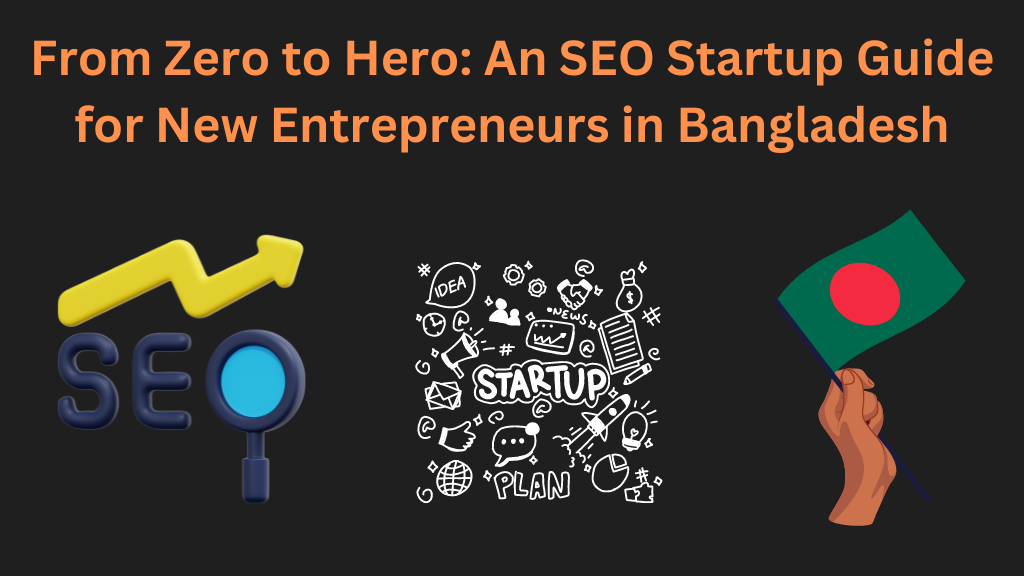The power of brand partnerships lies in creating synergies, unlocking growth opportunities, and fostering authentic connections with customers. Brand collaborations allow brands to reach wider audiences, create new content, and promote each other’s products while building relationships and trust.
Leveraging these partnerships can enhance brand image, address a broader audience, and increase social responsibility. By working together strategically, brands can amplify impact, differentiate themselves from competitors, and achieve mutual benefits. Through brand collaborations, businesses can save money, increase market share, expand reach, and scale effectively.

Table of Contents
ToggleThe Benefits Of Brand Partnerships
The power of brand partnerships lies in their ability to create synergies, unlock new growth opportunities, and foster authentic connections with customers. By working together, brands can reach a wider audience, expanding their reach and attracting new customers. This increased exposure can lead to greater brand awareness and recognition.
Brand collaborations also provide an opportunity to enhance your brand image. Partnering with another reputable brand can add credibility and trust to your business. It allows you to showcase your products or services in a new light, aligning with the values and aesthetics of your partner brand. This association can elevate your brand’s perception and attract a wider range of customers.
Collaborating with another brand can also contribute to your social responsibility efforts. By joining forces, you can combine resources and expertise to support social and environmental initiatives. This partnership allows both brands to make a greater impact and show their commitment to making a positive difference in the world.
Understanding Brand Partnerships
Brand partnerships, also known as co-branding, involve two or more companies working together on marketing campaigns or joint products that harness the strengths of each brand to achieve something they couldn’t on their own. This strategy can lead to increased brand awareness, break into new markets, and add value to offers, enhancing customer satisfaction and loyalty.
Why Brand Partnerships?
Extended Reach and New Audiences: Each brand brings its own unique audience. When brands partner, they share this audience with each other, potentially doubling their visibility and reach.
Shared Resources: Marketing can be expensive. By pooling resources, brands can launch bigger, better, and more cost-effective campaigns than they could alone.
Innovation: Collaborating with another brand can bring in fresh ideas and perspectives, leading to innovative products and marketing strategies that stand out in the market.
Enhanced Credibility: When established brands partner, they share their reputational capital. This mutual endorsement can enhance credibility with their respective audiences.
Risk Mitigation: By sharing the investment and resources, brands also share the risk associated with new initiatives.
Iconic Brand Partnerships and What We Can Learn from Them
Let’s look at some examples of brand partnerships that set the bar high and what makes them tick:
GoPro & Red Bull: “Stratos”
- Objective: Both brands aim to appeal to extreme sports enthusiasts and adventurers.
- Strategy: Collaborating on the space diving project where Felix Baumgartner jumped from the stratosphere.
- Outcome: Massive media coverage and content generation that benefited both brands.
- Takeaway: True partnership comes when brands not only share a target audience but are willing to push the envelope together.
Uber & Spotify: “Soundtrack for Your Ride”
- Objective: Enhance customer experience by personalizing it.
- Strategy: Allow Uber passengers to play their Spotify playlists during rides.
- Outcome: Improved customer satisfaction and a unique, customized service offering.
- Takeaway: Integrating services can create seamless user experiences that elevate both brands.
Nike & Apple: “A Match Made in Tech and Fitness Heaven”
- Objective: Combine tech and fitness in a way that leverages the strength of both brands.
- Strategy: Integrate Apple’s technology with Nike’s fitness expertise through the Apple Watch Nike+.
- Outcome: Captured a significant share of the tech-savvy fitness market.
- Takeaway: When products and brand missions align, the partnership feels natural and the products, authentic.
Crafting a Successful Brand Partnership
1. Finding the Right Partner
- Alignment in Values and Audience: The most successful partnerships involve brands that share similar values and cater to similar or complementary audiences.
- Complementary Strengths: Each partner should bring something unique to the table that enhances the partnership.
2. Setting Clear Objectives and Goals
- Both parties should have a clear understanding of what they want to achieve out of the partnership, whether it’s increased sales, expanded market presence, or enhanced brand perception.
3. Transparency and Communication
- Open lines of communication are crucial in navigating the complexities of a partnership. Regular meetings and updates can help keep the project on track.
4. Co-create and Innovate
- Collaborations should be more than just sharing resources; they should involve creating something new and exciting that neither brand could do on their own.
5. Measure and Optimize
- Like any marketing strategy, the success of a partnership should be measured. Use metrics that align with the initial goals of the partnership to gauge success and areas for improvement.
The Challenges of Brand Partnerships
While the benefits are plentiful, brand partnerships aren’t without their challenges. Misalignments in brand vision, audience perception, or campaign execution can all lead to partnerships that fizzle out or even damage the brands involved. Therefore, it’s crucial to conduct thorough research and planning, ensure brand alignment, and have detailed contracts in place.
Navigating the Future of Collaborative Marketing
As we look ahead, the landscape of brand partnerships is poised to evolve with emerging technologies and changing consumer behaviors. Here are a few trends and tips on how brands can adapt and continue to leverage collaborations for mutual benefit:
1. Embracing Digital Transformations
- Virtual and Augmented Reality: Brands might consider collaborations that incorporate VR and AR to create immersive experiences for consumers. For example, a clothing retailer could partner with a tech company to create virtual fitting rooms.
- AI and Personalization: Using AI to personalize customer experiences is another area where partnerships can thrive. A tech company and a retail brand could collaborate to offer personalized shopping experiences based on consumer behavior data.
2. Sustainability and Social Responsibility
- As consumers become more environmentally conscious, brands can partner with companies that specialize in sustainable practices or products. This not only helps the environment but also enhances brand image and meets consumer expectations for ethical responsibility.
3. Leveraging Influencer and Content Creator Economies
- Influencers and content creators wield significant power in today’s marketing environment. Brands can form partnerships with these creators to tap into their loyal followings. For instance, a beauty brand might collaborate with a well-known makeup artist on YouTube to create a co-branded line of products.
4. Cross-Industry Innovations
- Looking beyond traditional industry boundaries can open up novel partnership opportunities. For example, a health food brand could partner with a fitness app to offer personalized meal plans and workouts, creating a holistic health solution for consumers.
Best Practices for Sustaining Successful Partnerships
1. Continuously Evaluate and Adapt
- The success of a partnership should be monitored continuously against the set goals and KPIs. This ongoing evaluation helps in understanding what is working and what isn’t, allowing for timely adjustments.
2. Foster a Culture of Collaboration
- Successful partnerships thrive in a culture that values collaboration. Encourage teams from both brands to work closely together, share insights, and blend their expertise.
3. Legal and Ethical Considerations
- Ensure that all partnerships are grounded in clear legal agreements that outline each party’s contributions, profits sharing, intellectual property rights, and exit strategies. Ethical considerations should also guide all partnership decisions, particularly in terms of consumer privacy and data protection.
Case Study: Starbucks and Spotify – Harmonizing Coffee and Music
To illustrate a successful brand partnership, let’s delve into the collaboration between Starbucks and Spotify. The partnership allowed Starbucks loyalty members to get access to Spotify premium and influence the music played in stores via the Starbucks app. Here’s why it worked:
Synergy: Both brands appeal to young, tech-savvy consumers who appreciate music and coffee. This common ground created a natural synergy between Starbucks and Spotify.
Customer Engagement: The partnership enhanced the customer experience by making it interactive and personalized, thereby increasing engagement and loyalty.
Brand Extension: For Spotify, this partnership allowed them to extend their brand into a new physical space – the coffee shop – while Starbucks enhanced their in-store experience.
Conclusion
Brand partnerships, when done right, are a formidable strategy in today’s marketing landscape. They offer a unique way to innovate, reach new audiences, and create something greater than the sum of its parts. For brands looking to stay competitive and relevant, thinking collaboratively is more than just a nice-to-have; it’s essential.
As we continue to navigate a rapidly changing business environment, the power of collaboration remains one of the most effective strategies for growth and innovation. Whether you’re a small startup or a multinational corporation, the right partnership can open doors that seemed previously locked, paving the way for new opportunities and mutual success.





